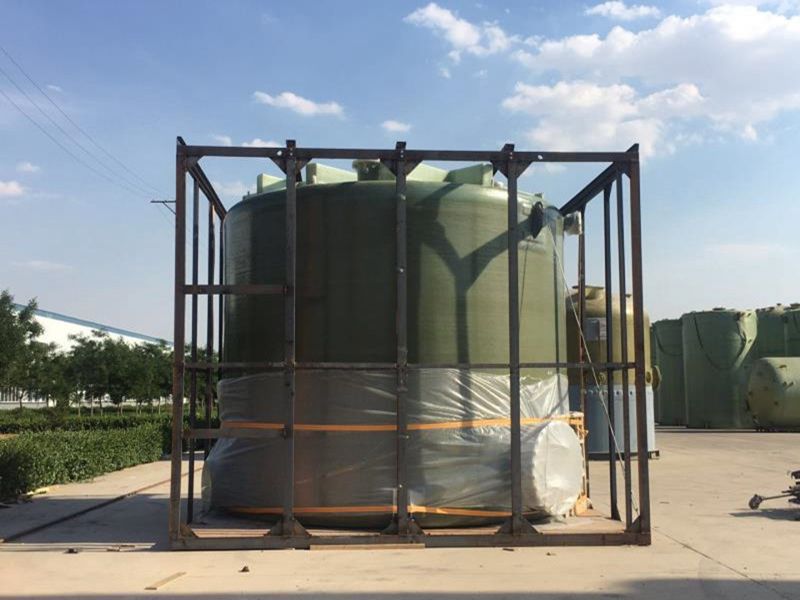
-
 Afrikaans
Afrikaans -
 Albanian
Albanian -
 Amharic
Amharic -
 Arabic
Arabic -
 Armenian
Armenian -
 Azerbaijani
Azerbaijani -
 Basque
Basque -
 Belarusian
Belarusian -
 Bengali
Bengali -
 Bosnian
Bosnian -
 Bulgarian
Bulgarian -
 Catalan
Catalan -
 Cebuano
Cebuano -
 China
China -
 China (Taiwan)
China (Taiwan) -
 Corsican
Corsican -
 Croatian
Croatian -
 Czech
Czech -
 Danish
Danish -
 Dutch
Dutch -
 English
English -
 Esperanto
Esperanto -
 Estonian
Estonian -
 Finnish
Finnish -
 French
French -
 Frisian
Frisian -
 Galician
Galician -
 Georgian
Georgian -
 German
German -
 Greek
Greek -
 Gujarati
Gujarati -
 Haitian Creole
Haitian Creole -
 hausa
hausa -
 hawaiian
hawaiian -
 Hebrew
Hebrew -
 Hindi
Hindi -
 Miao
Miao -
 Hungarian
Hungarian -
 Icelandic
Icelandic -
 igbo
igbo -
 Indonesian
Indonesian -
 irish
irish -
 Italian
Italian -
 Japanese
Japanese -
 Javanese
Javanese -
 Kannada
Kannada -
 kazakh
kazakh -
 Khmer
Khmer -
 Rwandese
Rwandese -
 Korean
Korean -
 Kurdish
Kurdish -
 Kyrgyz
Kyrgyz -
 Lao
Lao -
 Latin
Latin -
 Latvian
Latvian -
 Lithuanian
Lithuanian -
 Luxembourgish
Luxembourgish -
 Macedonian
Macedonian -
 Malgashi
Malgashi -
 Malay
Malay -
 Malayalam
Malayalam -
 Maltese
Maltese -
 Maori
Maori -
 Marathi
Marathi -
 Mongolian
Mongolian -
 Myanmar
Myanmar -
 Nepali
Nepali -
 Norwegian
Norwegian -
 Norwegian
Norwegian -
 Occitan
Occitan -
 Pashto
Pashto -
 Persian
Persian -
 Polish
Polish -
 Portuguese
Portuguese -
 Punjabi
Punjabi -
 Romanian
Romanian -
 Russian
Russian -
 Samoan
Samoan -
 Scottish Gaelic
Scottish Gaelic -
 Serbian
Serbian -
 Sesotho
Sesotho -
 Shona
Shona -
 Sindhi
Sindhi -
 Sinhala
Sinhala -
 Slovak
Slovak -
 Slovenian
Slovenian -
 Somali
Somali -
 Spanish
Spanish -
 Sundanese
Sundanese -
 Swahili
Swahili -
 Swedish
Swedish -
 Tagalog
Tagalog -
 Tajik
Tajik -
 Tamil
Tamil -
 Tatar
Tatar -
 Telugu
Telugu -
 Thai
Thai -
 Turkish
Turkish -
 Turkmen
Turkmen -
 Ukrainian
Ukrainian -
 Urdu
Urdu -
 Uighur
Uighur -
 Uzbek
Uzbek -
 Vietnamese
Vietnamese -
 Welsh
Welsh -
 Bantu
Bantu -
 Yiddish
Yiddish -
 Yoruba
Yoruba -
 Zulu
Zulu
Enhanced FRP Clarifier System for Efficient Water Treatment Solutions
Understanding the FRP Clarifier System A Key Component in Water Treatment
In the realm of water treatment, ensuring the purity and safety of water sources is paramount. One of the essential technologies employed in this endeavor is the Fiber Reinforced Plastic (FRP) Clarifier System. This innovative system plays a crucial role in the purification process, effectively addressing the challenges of water contamination and providing significant benefits over traditional systems.
What is an FRP Clarifier System?
An FRP Clarifier System is designed to separate solid particulates from liquid in a variety of environments, making it ideal for industries such as municipal waste management, industrial effluent treatment, and even wastewater recycling. The core function of a clarifier is to promote the settling of suspended solids, thereby removing contaminants from the water, which is essential for both environmental protection and compliance with health regulations.
The FRP components of the clarifier system are made from reinforced plastic materials, offering a lightweight, durable, and corrosion-resistant alternative to traditional materials like steel or concrete. This characteristic is particularly beneficial in environments where chemical exposure, humidity, and weather variations may compromise the integrity of the equipment.
Advantages of the FRP Clarifier System
1. Corrosion Resistance One of the most significant advantages of FRP materials is their resistance to corrosion. In water treatment applications, exposure to various chemicals can lead to rapid degradation of traditional materials. The FRP Clarifier System can endure these harsh conditions, leading to longer operational life and reduced maintenance costs.
2. Lightweight Construction The lightweight nature of FRP makes installation and transport far easier than heavier materials. This feature is particularly advantageous in remote locations or sites where heavy equipment is not easily accessible. Additionally, lighter structures reduce the load on foundation systems, simplifying engineering requirements.
3. Customization and Versatility FRP systems can be tailored to meet specific requirements, including size, shape, and operational parameters. This flexibility allows engineers to design clarifiers that fit into unique layouts or specific project needs, enhancing their effectiveness across various applications.
4. Cost-Effectiveness While the initial investment for FRP systems may be higher than traditional materials, the total cost of ownership often turns out to be lower. Reduced maintenance, longer lifespan, and less frequent need for replacements translate into significant savings over time.
frp clarifier system

5. Ease of Maintenance The smooth surface of FRP materials minimizes the growth of algae and other biological contaminants, making cleaning and maintenance processes more straightforward. This quality enhances operational efficiency and assures consistent water quality.
Applications of FRP Clarifier Systems
FRP Clarifier Systems find diverse applications across various sectors. In municipal wastewater treatment, they are fundamental in treating effluents before they are released into natural water bodies or recycled for use. In industrial settings, clarifiers help in the treatment of process water, ensuring that harmful substances do not enter the environment.
Moreover, FRP clarifiers can be crucial in stormwater management systems. They aid in reducing sediment loads and other pollutants from runoff, helping communities comply with environmental regulations while protecting local ecosystems.
Future Perspectives
As global awareness of water quality issues continues to grow, the demand for efficient and reliable water treatment technologies like the FRP Clarifier System is expected to rise. Innovations in materials science and engineering will likely yield even more efficient designs and functionalities, further enhancing the performance of these systems.
Additionally, with the ongoing advancements in sustainable practices, the emphasis on eco-friendly materials and methods will guide the development and implementation of FRP clarifiers in greener water treatment processes.
Conclusion
The FRP Clarifier System is a vital player in the quest for clean and safe water. Its numerous advantages over traditional clarifiers, from corrosion resistance to cost-effectiveness, make it an attractive solution for various applications. As industries increasingly prioritize sustainability and efficiency, the role of the FRP Clarifier System will undoubtedly expand, contributing to better water management practices and a healthier environment for all.









